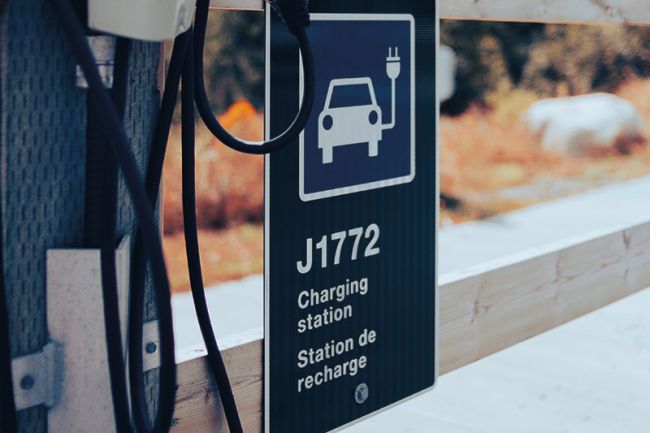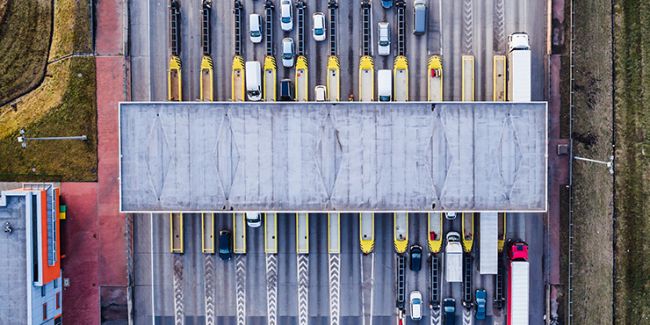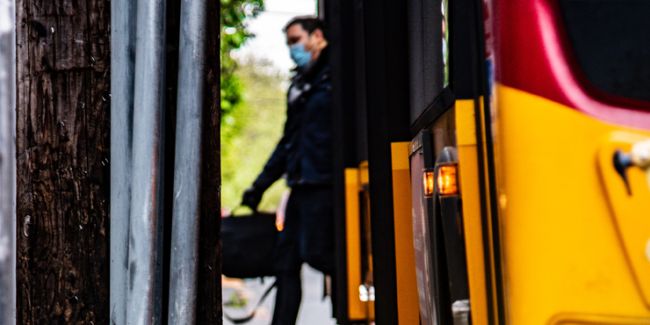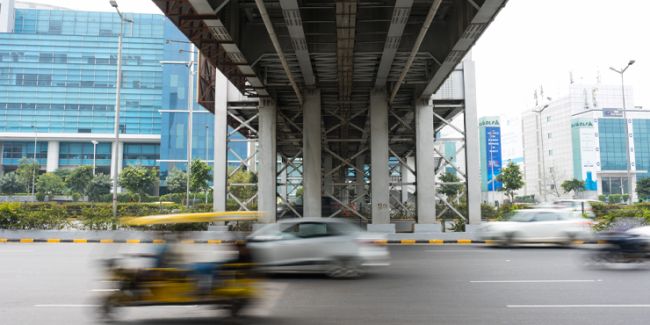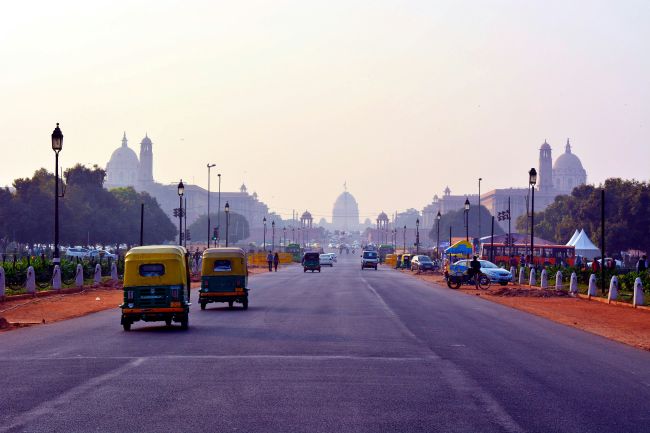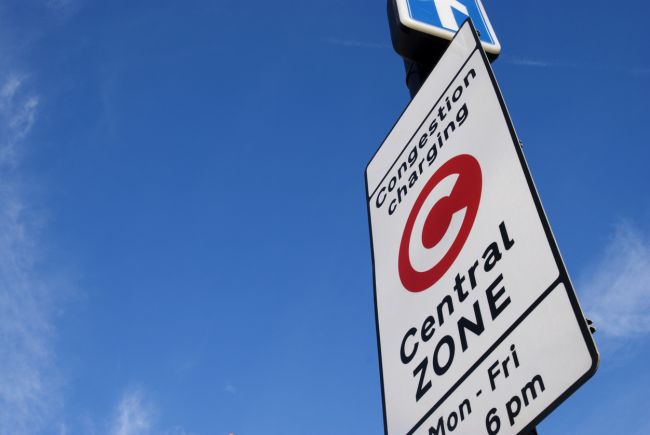Clearing roadblocks in India
India is preparing to free itself from the clutches of a ‘policy paralysis’ which has been restricting growth across a variety of sectors.
India is preparing to free itself from the clutches of a ‘policy paralysis’ which has been restricting growth across a variety of sectors recently.
India’s professional and governmental bodies are unanimous in their agreement that the infrastructure provision of the country needs to be improved and modernized, and transportation is at the forefront of the discussion.
Roads, which carry 85% of passenger movements and 60% of goods movements, are necessarily part of the dialogue.
At present, India has the second largest road network in the world, after the USA. Given the state and extent of the network and the numerous challenges faced by the country at the time of independence, India has achieved a remarkable feat in increasing its total road length 11-fold to arrive at its current 2.15 million miles. At the same time, there is still a long way to go – more than half the roads are currently unpaved and only 1.7% are comprised of National Highways (which nonetheless carry 40% of total road traffic).
The need for investment in roads has been well understood and ambitious targets have been set to deliver around 3-4,000 miles of new or upgraded road network every year. While the debates on these targets are ongoing, the fact remains that a large proportion of this will have to be funded by private investors.
Over the years, a variety of models have been tested to finance the development of highway infrastructure in India within the general framework of public private partnership (PPP), with build-operate-transfer (BOT-Toll or BOT-Annuity) and engineering-procurement-construction (EPC) being the most common. BOT contracts involve a developer/private entity that finances, constructs and operates the project road and has the right to recover its investment via the project (commonly in the form of toll collection or availability based payments). In EPC contracts, on the other hand, the developer/private entity only designs and constructs the facility.
There has recently been a shift from BOT contracts to EPC contracts due to a perceived failure of the former. This can be attributed largely to contractual problems stemming from regulatory uncertainty and lack of aid from the government on issues such as land acquisition, and to aggressive bidding and over-optimistic expectations from the assets by the project developers (based primarily on unrealistic forecasts of traffic levels and a lack of effective due diligence on behalf of banks funding the projects).
These challenges with BOT contracts are not uncommon and have been seen in various countries such as Spain and Greece, where the issue was compounded by the economic downturn during the crisis. In the short term, this raises the opportunity for the refinancing of these ‘bad’ assets, with the potential sale and restructuring of individual assets as well as portfolios of assets. Some developers are already in the process of selling their stakes in these ‘non-performing’ assets (NPA).
Over the longer term, as India moves along the learning curve, one hopes to see more mature, better structured deals in the market. Indeed, based on the emerging rhetoric, India is already reorganizing its ministries to streamline decision-making and project approval processes, as well as, among other things, updating banking guidelines for asset reconstruction companies. There are promising early signs from the newly-formed government on the necessity of an ‘independent risk scrutiny’ of these NPAs, which is also being supported by the new governor of the Reserve Bank of India (India’s central bank).
Steer Davies Gleave has helped to secure funding for over US$ 32 billion of transportation infrastructure projects worldwide over the past four years. We have supported a number of international consortia in their bid preparation for complex toll road and metro concessions in India, and are uniquely placed to provide independent and bankable forecasts in this emerging market.




